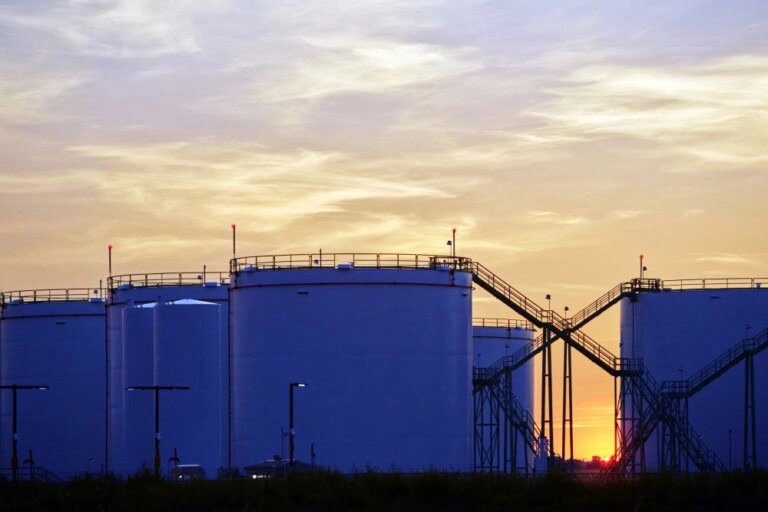
Get in Touch With Us and Tell Us About Your Toughest Monitoring and Control Challenges.
SignalFire Telemetry products connect you with crucial product and hardware data at any of your oil and gas operation sites—whether it’s a pump, pipeline, or storage tank.

SignalFire Telemetry devices install anywhere water asset monitoring is needed, whether it’s for collection purposes, treatment, or delivery.
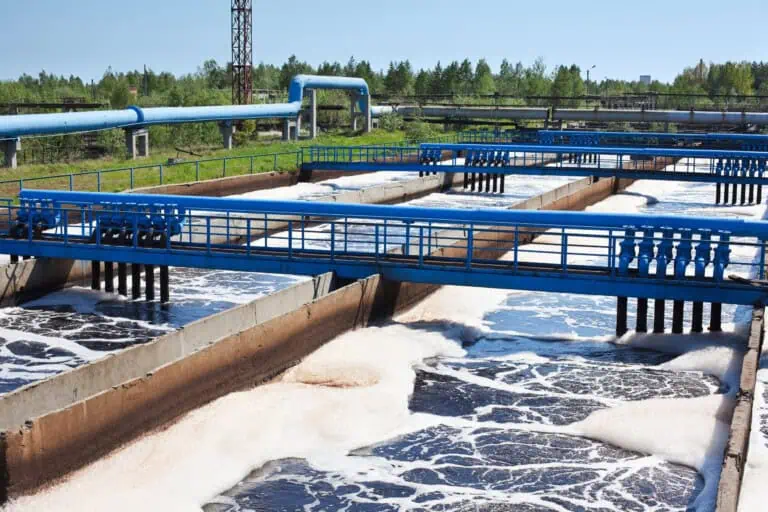
SignalFire Telemetry devices can monitor key assets and can do it affordably, without any renovation or high-priced engineering costs. They install easily with no required cable or additional power. The data is available on your phone or computer and the cloud service can even output to your corporate system to integrate with the rest of your data and keep your operation running.

SignalFire Telemetry devices can monitor and manage water supplies and additives throughout the property, helping you avoid catastrophic shortages and keep your irrigation plan on track.

Avoid costly product loss in bulk storage tanks, terminals, and transportation movements. Whether calling for tank levels, gauge pressure, or even movement pumps or pipelines, SignalFire products can fill any monitoring gap throughout a facility.

Environmental fines for businesses are be frustrating and can bring business to a standstill until they’re worked out. No business wants to hurt the environment, and in competitive markets stopping production affects the bottom line and staff. But there are effective and affordable solutions with SignalFire Telemetry devices.

Expand visibility and control of your refinery or petrochemical processing facility without expensive renovations or redesigns. And do it with your current gauges and hardware. SignalFire telemetry devices are designed to work in harsh chemical environments and meet the strictest safety and security standards

No matter the size of your service map, monitoring remote assets ensures efficiency and keeps your operation in compliance. That’s how SignalFire devices can really help, offering the most affordable and effective monitoring solution that will monitor liquid, gas, electricity, and other assets.

Explore the diverse applications of SignalFire Wireless Telemetry Systems across different industries.

Access our latest brochures to explore comprehensive information about our products and services.

Easily find the sensors that are compatible with our systems on this dedicated page.
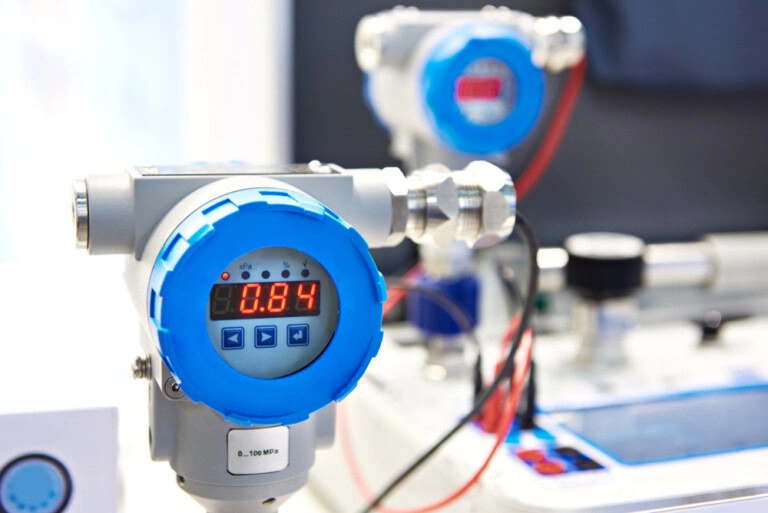
Explore a comprehensive collection of images showcasing our products, installations, and real-world applications.

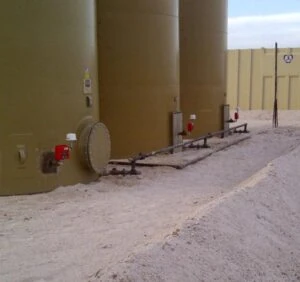
SignalFire Sentinel Systems Using Digital Inputs for Tank Level Alarming

Sentinel with RS 485 Interface Connected to a Siemens 2100 Level Sensor
Hudson, Ma. Tank Level Monitoring is one of the most common wireless applications in upstream oil and gas as well as a variety of other industries. SignalFire’s open architecture mesh network provides a unique value proposition for this application.
One Size Does Not Fit All. The most telling feature of tank level monitoring is that there are a variety of technologies that can monitor tank levels and interfaces. The specifics of the materials being monitored and the environment will dictate the best sensing technology. The right sensor for the job might be a radar, float, pressure sensor, ultrasonic sensor, piezo resistive sensor or guided wave radar. Most vendors of wireless tank level bundle one or two of these technologies with their wireless system thereby limiting the choice to those that are sold by the wireless vendor. The SignalFire approach is to provide wireless modules that have an open architecture with industry standard interfaces. This permits the user to choose the sensor type that is best for the application and integrate it into the SignalFire Mesh Network. Supported interfaces include 1-5V, 4-20 mA, Modbus, Hart, and Digital Inputs.
True Wireless Different sensor types have differing power requirements. If you have to run power to a sensor it is not “wireless”. SignalFire’s systems are battery powered and can power both the sensor and the radio system from either internal batteries or a specially designed solar system. Battery life depends heavily on the choice of sensor but can range from 1 to 10 years.
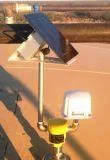
Sentinel with HART Interface and Solar System connected to a Vega Guided Wave Radar
Intrinsically Safe Many tank level applications require either area certification SignalFire’s Sentinel product line, including its solar power system meets the Class 1 Division 1 certification for intrinsically safe system. SignalFire’s battery technology also meets these requirements and can be changed in the hazardous area without a work ticket.
Ease of Configuration The SignalFire tool kit makes it easy to configure a system from a simple to use graphical interface. Raw analog values can be converted to units of measure, polling frequencies and power settings can all be configured from the tool kit For sensors that require in situ calibration SignalFire offers a Wireless PACTWare for its NodeChecker utility.
Cost Effective To be truly valuable a wireless system must deliver economic value to the customer. SignalFire systems are competitively priced when compared with 50 to 100 ft of installed conduit. In addition systems can be completely pre-configured in the shop, greatly reducing field installation time
Get in Touch With Us and Tell Us About Your Toughest Monitoring and Control Challenges.





"*" indicates required fields
This website uses cookies so that we can provide you with the best user experience possible. Cookie information is stored in your browser and performs functions such as recognising you when you return to our website and helping our team to understand which sections of the website you find most interesting and useful.
Strictly Necessary Cookie should be enabled at all times so that we can save your preferences for cookie settings.
If you disable this cookie, we will not be able to save your preferences. This means that every time you visit this website you will need to enable or disable cookies again.